This post may contain affiliate links. Please see our disclosure policy.
This lavender lemonade recipe is my all-time favorite! I make it every spring, and it’s perfect for any spring or summer gathering. It has the dreamiest lavender flavor with just the right balance of sweetness and tartness. It’s truly the most refreshing drink ever!
Looking for more lemonade recipes? Try my creamy lemonade, mint lemonade or watermelon lemonade.

Pin this now to find it later
Pin ItWhy You’ll Love This Lavender Lemonade
Inspired by my backyard: I have lavender bushes all over my yard and every spring they’re bursting with blooms. I love using them to make this lemonade—it feels like sipping a little piece of my garden!
A floral twist on a classic: My homemade lemonade is always a crowd-pleaser, but when you add lavender? It becomes something people remember. Light, refreshing, and just fancy enough for showers, garden parties, or porch sipping.
Beautiful to serve: With lemon slices and a lavender sprig, it’s as pretty as it is delicious. Your guests will be wowed before they even take a sip!
Lavender Lemonade Ingredients

Fresh-squeezed lemon juice: Skip the bottled stuff, fresh lemons make all the difference!
Granulated sugar: Adds the perfect amount of sweetness to balance the tart lemon and floral notes.
Water: Used to make the lavender syrup and to dilute the lemonade. Ice-cold water makes it extra refreshing!
Dried culinary lavender: This is where the magic happens! Use food-grade lavender and adjust the amount or steep time based on how floral you want it. Too strong? Use a little less or infuse for less time.
I always keep culinary lavender on hand for my lavender cake and those dreamy lavender margaritas. It’s one of my favorite ways to add a floral twist to desserts and cocktails!
How to Make Lavender Lemonade
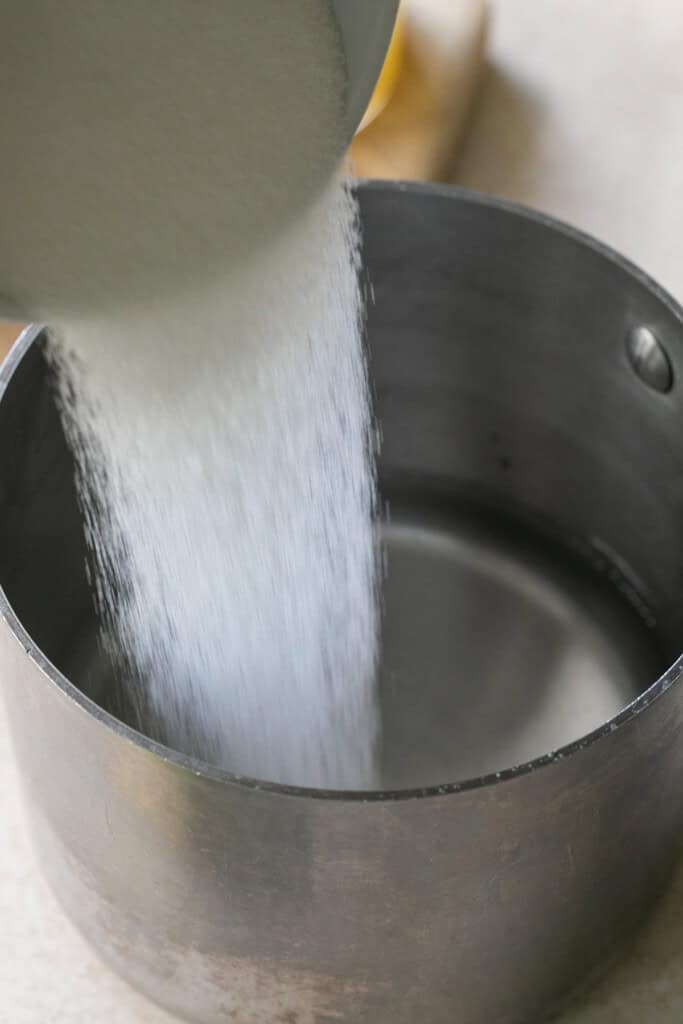


- Make the lavender syrup: In a saucepan, combine water, sugar, and dried culinary lavender. Heat just until the sugar dissolves, then let it steep for 15–30 minutes (or overnight for a stronger flavor). Strain out the lavender.
- Mix it up: In a pitcher, stir together fresh-squeezed lemon juice, the remaining cold water, and your homemade lavender syrup.
- Chill: Pop it in the fridge until it’s nice and cold.
- Serve: Pour over ice and garnish with lemon slices and a fresh lavender sprig if you have one!

Recipe Tips & Variations
Make It Sparkle: Swap out 2 cups of still water for sparkling water or club soda to give it a fizzy, refreshing twist. It feels extra fancy with zero extra effort.
Steep Smart: The longer you let the lavender infuse, the stronger the flavor. I like to steep it for 15–30 minutes for a balanced floral note, but you can totally let it sit overnight for a bolder vibe.
Not into sugar? Swap it with honey or agave for a more natural twist—it gives the lemonade a soft, mellow sweetness.
Boozy Version: A splash of vodka or gin turns this into the dreamiest garden party cocktail. You’re welcome.
Garnish Goals: Add lemon slices, fresh lavender sprigs, or even edible flowers for a beautiful presentation that wows every time.
Frequently Asked Questions
Yes, you can absolutely make the lavender syrup in advance! In fact, I recommend it. Letting it chill in the fridge overnight not only saves you time but gives the lavender more time to infuse – so the flavor is even better. Store it in a sealed jar for up to a week!
Yes! You can put fresh lavender in lemonade, but for the best flavor, it’s better to infuse with dried culinary lavender, it’s more potent and gives that signature floral taste. Then, use fresh lavender sprigs as a garnish to make it look extra charming. Best of both worlds!
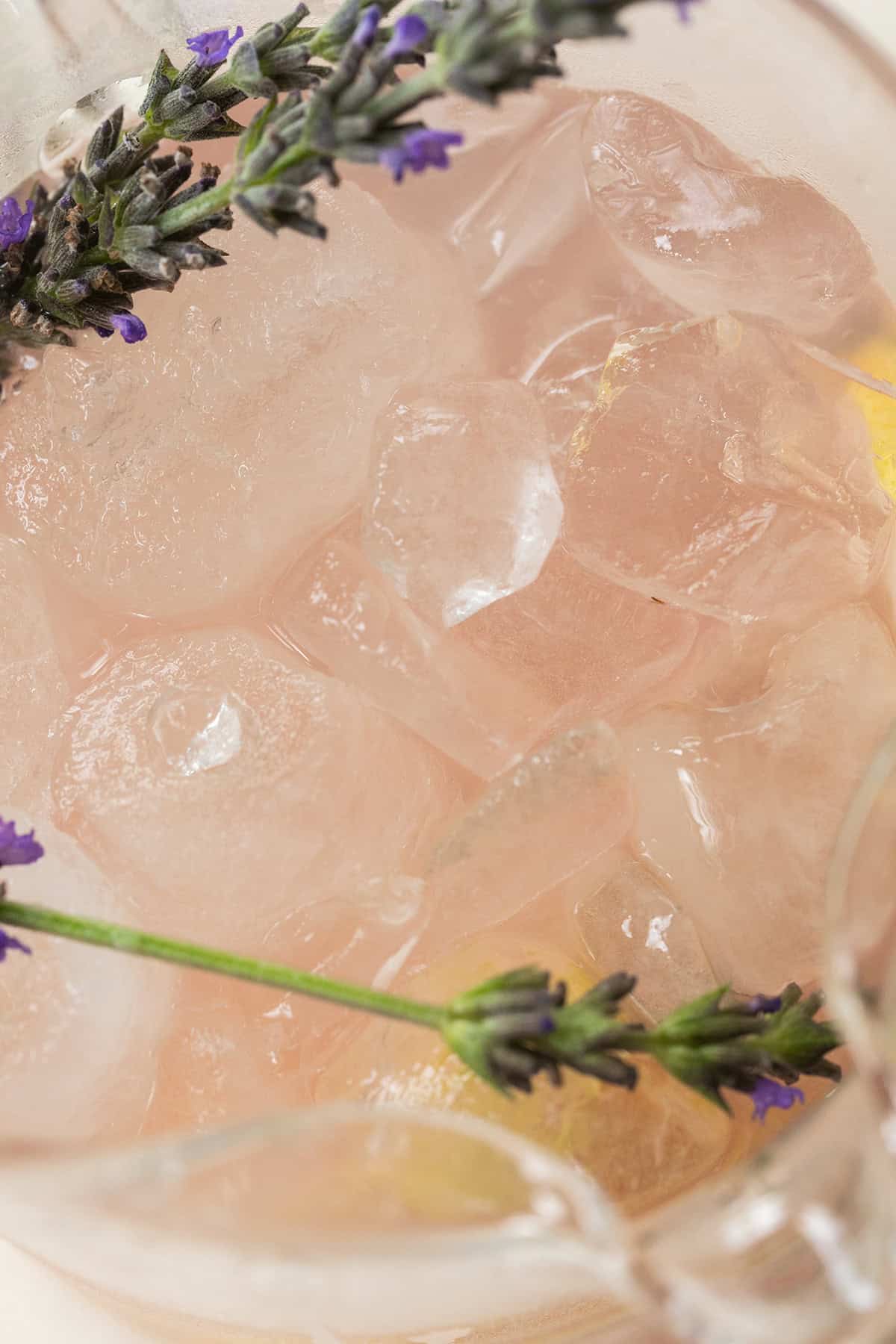
More Lemonade Recipes
If you’re looking for something boozy, try my lavender margarita!
Let me know if you make this lavender lemonade in the comments below. I know you’re going to love it!

Lavender Lemonade Recipe
Ingredients
- 1 cup lemon juice , fresh-squeezed lemon juice only
- 3/4 cup granulated sugar
- 4 cups water, dived 3 cups and 1 cup
- 1/4 cup dried culinary lavender
Instructions
- In a small saucepan, combine 1 cup of water, sugar, and dried lavender. Heat over medium, stirring until the sugar dissolves.
- Remove from heat and let the lavender steep for 15–30 minutes (or longer for a stronger flavor). Strain out the lavender and let the syrup cool.
- In a large pitcher, combine fresh-squeezed lemon juice, the cooled lavender syrup, and the remaining 3 cups of water. Stir well to combine.
- Refrigerate until cold. Serve over ice with lemon slices and a sprig of fresh lavender for garnish, if desired.
Nutrition
Nutrition information is automatically calculated, so should only be used as an approximation.


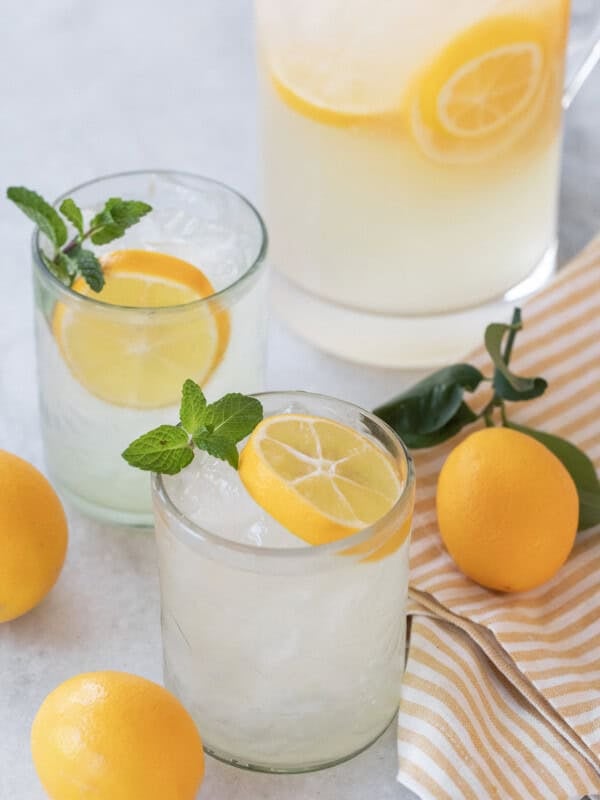
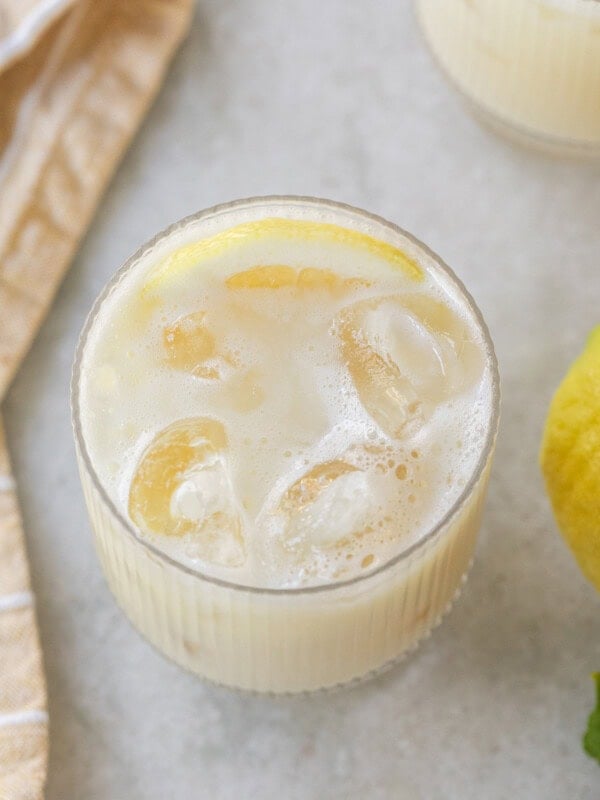
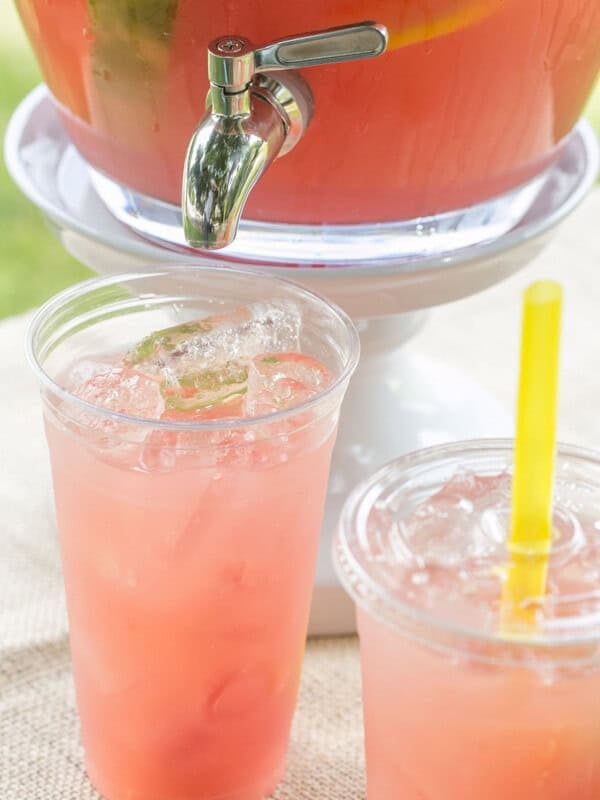


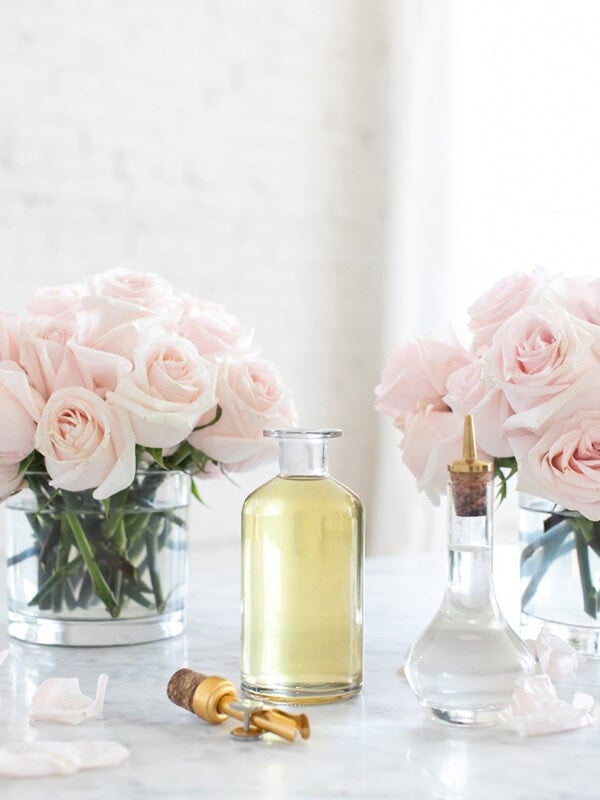
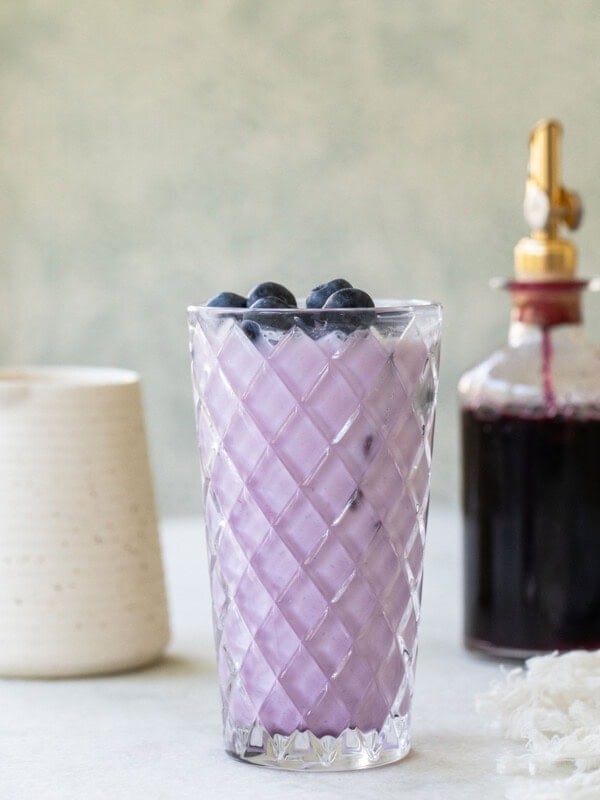
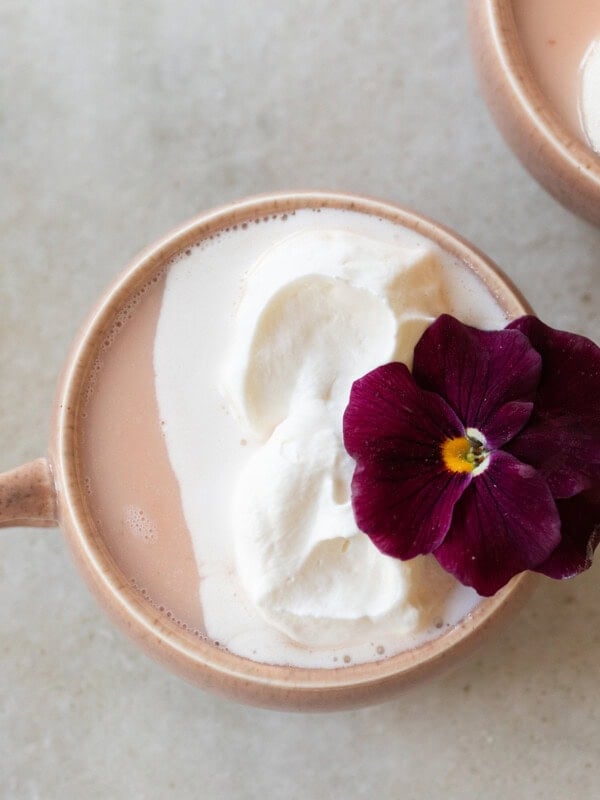













I make this for all of my garden parties, it’s so refreshing and easy!